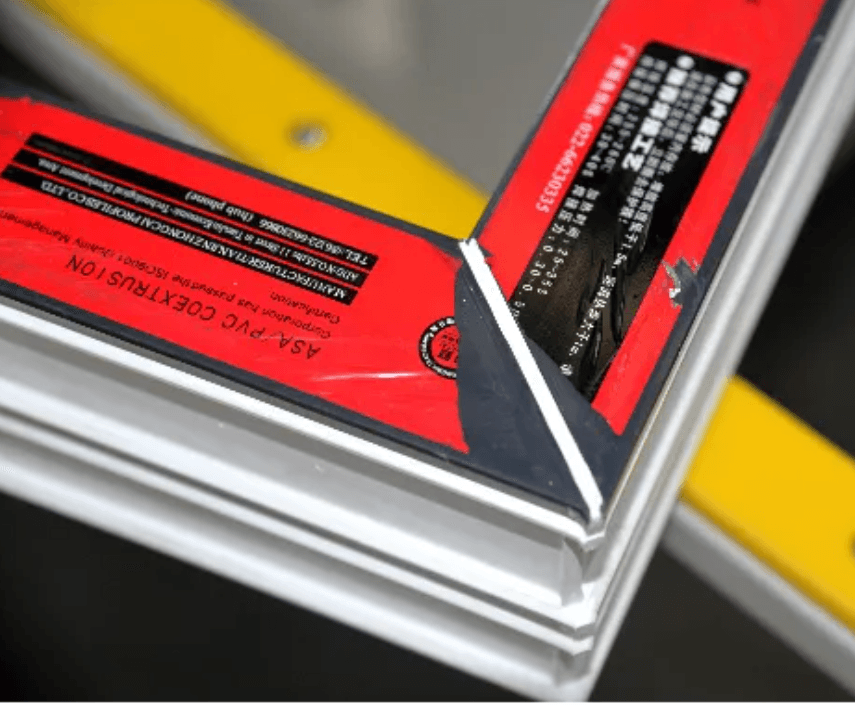In the realm of metal fabrication, the CNC rolling bending machine stands out as a paragon of precision and efficiency. This advanced equipment leverages computer numerical control (CNC) technology to automate the process of bending metal sheets or pipes into desired shapes and dimensions. By integrating state-of-the-art technology with robust mechanical design, the CNC rolling bending machine has revolutionized the way metal components are manufactured.
Core Functionality and Operation
At its core, a CNC rolling bending machine operates by applying controlled force to a workpiece, causing it to bend along a predetermined axis. The machine typically consists of a series of rolling dies or wheels that grip and gradually deform the metal as it passes through. The degree of bending is meticulously controlled by adjusting parameters such as wheel position, feed rate, and backpressure.
The introduction of CNC technology has elevated this process to new heights. By programming specific bending sequences and parameters into the machine’s control system, operators can achieve consistent and repeatable results with high degrees of accuracy. This eliminates the need for manual adjustments and reduces human error, thereby enhancing overall productivity and quality.
Advantages of CNC Rolling Bending Machines
- Precision and Accuracy: CNC rolling bending machines offer unparalleled precision in metal bending. The ability to program exact bending angles, radii, and other parameters ensures that each workpiece meets stringent specifications.
- Versatility: These machines can accommodate a wide range of materials, including steel, aluminum, stainless steel, and more. They can also handle various thicknesses and lengths, making them versatile for diverse applications.
- Efficiency: Automation significantly reduces setup times and cycle durations, allowing for faster production rates. Additionally, the elimination of manual operations minimizes downtime and labor costs.
- Repeatability: Once a program is created, it can be used repeatedly to produce identical parts, ensuring consistency across batches.
- Safety: CNC rolling bending machines incorporate safety features such as emergency stops, enclosures, and sensors to protect operators from harm. Automation also reduces the need for operators to handle hot or sharp metalwork pieces directly.

Applications in Industry
CNC rolling bending machines are indispensable in numerous industries, including automotive, aerospace, construction, and furniture manufacturing. They are used to produce components such as frame rails, structural beams, exhaust pipes, and more. In the automotive industry, for example, these machines enable the precise bending of sheet metal to form the body and chassis of vehicles. In aerospace, they are crucial for manufacturing precision parts that must withstand extreme conditions.
Conclusion
The CNC rolling bending machine represents a significant advancement in metal forming technology. Its combination of precision, versatility, efficiency, and safety makes it an invaluable asset for manufacturers across various industries. As technology continues to evolve, these machines will undoubtedly play an increasingly critical role in shaping the future of metal fabrication.


